Introduction
In the vast culinary landscape of global flavors, dumplings stand as a timeless testament to the art of combining simplicity with sophistication. Whether savored in steaming baskets at a bustling street food stall in China, enjoyed as a hearty meal in Mongolia’s vast plains, or featured as a delightful appetizer in sophisticated Western restaurants, dumplings encapsulate the essence of comfort food. Among the myriad varieties, lamb and onion dumplings hold a special place, offering a rich, earthy taste that warms the soul and satisfies the palate. This article delves into the intricacies of crafting the perfect lamb and onion dumpling filling, from selecting the finest ingredients to mastering the seasoning process, ensuring each bite is a delightful symphony of flavors.
Chapter 1: Ingredient Selection – The Foundation of Flavor
The journey to creating a memorable lamb and onion dumpling filling begins with meticulous ingredient selection. Each component plays a crucial role in shaping the final dish, and choosing high-quality ingredients is paramount.
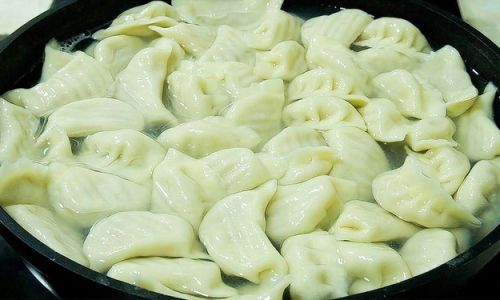
1 Lamb Meat: A Matter of Quality and Cut
When it comes to lamb, quality is everything. Seek out grass-fed or free-range lamb for a more flavorful and healthier option. The cut of lamb also matters; shoulder and leg cuts are ideal for dumpling fillings due to their balance of fat and lean meat, which ensures moistness and flavor. Avoid overly lean cuts, as they can result in dry, unappealing dumplings.
2 Onions: Sweetness and Aroma
Onions are the unsung heroes of this filling. Yellow or white onions work best, offering a balance of sweetness and pungency. Choose onions that are firm, with tight, dry outer skin. Freshness is key; avoid onions with soft spots or mold.
3 Aromatics and Seasonings: Enhancing the Essence
Aromatics such as garlic and ginger add depth and complexity to the filling. Fresh garlic cloves should be firm and have a strong aroma. Ginger should be smooth and free of wrinkles, with a fresh, spicy scent. Seasonings like soy sauce, sesame oil, and black pepper round out the flavor profile, while a touch of Chinese five-spice powder can add an intriguing hint of licorice and citrus.
4 Binding Agents: Keeping It Together
To ensure the filling holds together during cooking, a binding agent is necessary. Common choices include cornstarch, egg whites, or even a bit of breadcrumbs. Cornstarch is lightweight and effective, while egg whites can add a subtle richness.
Chapter 2: Preparation Techniques – Bringing Ingredients Together
With the ingredients in place, the next step involves preparing them in a way that maximizes flavor and texture.
1 Dicing and Marinating the Lamb
Begin by finely dicing the lamb meat. This not only ensures even cooking but also allows the flavors to penetrate deeply. Marinating the lamb with a mixture of soy sauce, sesame oil, and a pinch of salt can enhance its flavor and tenderize the meat. Allow the lamb to marinate for at least 30 minutes, preferably refrigerated, to allow the flavors to meld.
2 Sautéing the Onions and Aromatics
While the lamb marinates, finely chop the onions, garlic, and ginger. Heat a small amount of oil in a pan over medium heat and sauté the onions until they turn translucent and slightly caramelized. Add the garlic and ginger, cooking until fragrant but not burnt. This step is crucial as it transforms the raw vegetables into a flavorful base for the filling.
3 Combining Ingredients
Once the onions and aromatics are cooked, transfer them to a large mixing bowl and let them cool slightly. Add the marinated lamb, along with any remaining marinade, and gently combine. Be careful not to overmix, as this can lead to a dense texture. Season with black pepper, a pinch of salt (if needed), and a touch of Chinese five-spice powder. If using, sprinkle in the cornstarch or egg white, and mix until just combined. The filling should be moist but not wet, with a cohesive texture.
Chapter 3: Adjusting Flavors – The Art of Balance
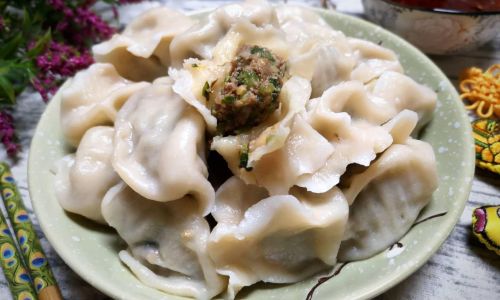
Achieving flavor balance in a dumpling filling is an art form that requires attention to detail and a keen palate.
1 Seasoning to Taste
Taste the filling before proceeding to wrap the dumplings. Adjust the seasoning with additional soy sauce, sesame oil, or black pepper as needed. Remember, the flavors will intensify during cooking, so err on the side of caution with salt.
2 Incorporating Fresh Herbs (Optional)
For an added layer of freshness, consider incorporating finely chopped fresh herbs such as cilantro, parsley, or mint. These herbs can brighten the filling and provide a refreshing contrast to the rich flavors of lamb and onion.
3 Testing and Refining
Before committing to wrapping all the dumplings, make a small test batch. Cook them according to your preferred method (boiling, steaming, or pan-frying) and taste. This step allows for final adjustments to the seasoning, ensuring each dumpling is perfect.
Chapter 4: Wrapping Techniques – The Craft of Dumpling Making
With the filling prepared, it’s time to focus on the art of wrapping dumplings. Proper wrapping technique ensures that the dumplings hold their shape during cooking and present beautifully.
1 Choosing the Right Wrapper
Store-bought dumpling wrappers are convenient and consistent in size and thickness. Alternatively, homemade wrappers can be made from a simple dough of flour and water, rolled out thinly.
2 Folding and Sealing
Place a small spoonful of filling in the center of a wrapper. Moisten the edges of the wrapper with water to help seal. Fold the wrapper in half, pinching the edges together to create a tight seal. For added stability and presentation, you can create pleats along the edge.
3 Ensuring Uniformity
Consistency in size and shape ensures even cooking. Aim for dumplings that are neither too bulky nor too thin, as this will affect both cooking time and texture.
Chapter 5: Cooking Methods – Preserving Flavor and Texture
The final step in bringing your lamb and onion dumplings to life is cooking them. Each method offers unique benefits in terms of texture and flavor retention.
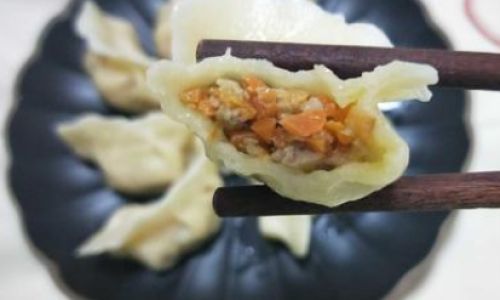
1 Boiling
Boiling is a traditional method that preserves the dumplings’ shape and texture. Bring a large pot of water to a boil, add a splash of vinegar (to prevent sticking), and gently drop in the dumplings. Cook until they float to the surface, then simmer for an additional 2-3 minutes. Remove with a slotted spoon and drain well.
2 Steaming
Steaming is ideal for retaining moisture and flavor. Arrange the dumplings in a single layer on a steaming tray lined with parchment paper or banana leaves. Steam over boiling water for about 10-12 minutes, or until the dumplings are cooked through.
3 Pan-Frying (Pan-Seared)
Pan-frying adds a crispy golden crust to the dumplings. Heat a small amount of oil in a non-stick skillet over medium-high heat. Add the dumplings in a single layer and cook until the bottoms are golden brown. Carefully add a small amount of water to the pan, cover, and steam for a few minutes until cooked through. Remove the lid, increase the heat, and cook until the water evaporates and the bottoms are crispy.
Chapter 6: Serving and Enjoying – The Culmination of Effort
With your lamb and onion dumplings cooked to perfection, it’s time to serve and enjoy.
1 Accompaniments
Serve the dumplings hot, accompanied by a dipping sauce. A classic soy-based sauce with a touch of vinegar, sesame oil, and chili oil is a great starting point. For added complexity, consider incorporating elements like minced garlic, grated ginger, or even a drizzle of hoisin sauce.
2 Presentation
Presentation matters. Arrange the dumplings on a platter lined with parchment paper or fresh lettuce leaves for a touch of color and freshness. Garnish with chopped green onions, sesame seeds, or a drizzle of chili oil for an eye-catching finish.
3 Sharing and Savoring
Finally, sit down and enjoy the fruits of your labor. Share the dumplings with family and friends, and savor each bite. The harmonious blend of flavors, the tender texture, and the warmth of the dish will make the entire process worthwhile.
Conclusion
Crafting the perfect lamb and onion dumpling filling is a labor of love that rewards with a culinary experience of unparalleled delight. By paying attention to ingredient selection, meticulously preparing the filling, achieving flavor balance, mastering wrapping techniques, and choosing the right cooking method, you can create dumplings that are not only a feast for the senses but also a testament to your culinary prowess. So, gather your ingredients, roll up your sleeves, and embark on a journey to dumpling perfection. Your taste buds will thank you.
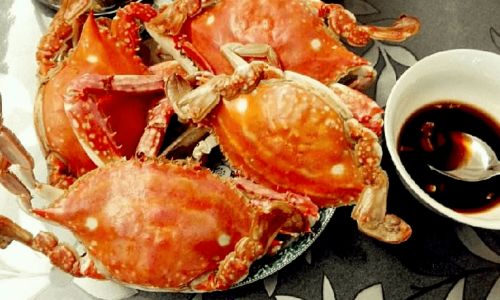
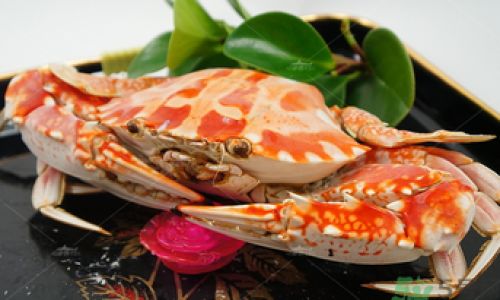

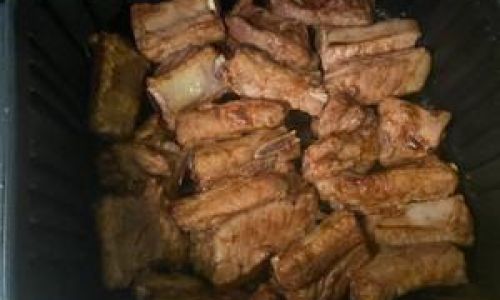
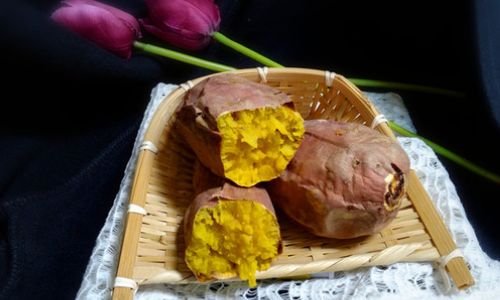

0 comments